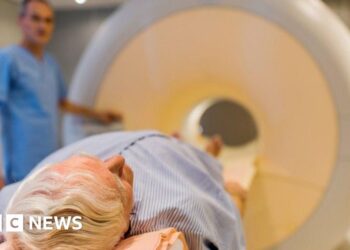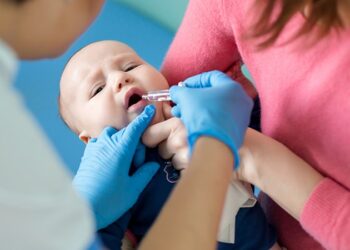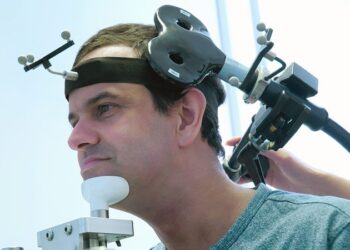Silicone breast implants were introduced in the 1960s and have since gained popularity as staples in plastic surgery for aesthetic and reconstructive purposes. Health concerns related to breast implants have sparked intense debate due to inconclusive evidence regarding long-term outcomes.
A significant challenge lies in the absence of reliable population-based estimates of implant prevalence rates due to the lack of historical registries and the availability of incomplete sales data, which have prevented reliable absolute risk assessments.
Recent studies based on routine chest x-rays have estimated the prevalence of breast implants in the general population to be approximately 3% in the Netherlands and 4% in Italy.
Coronary artery disease (CAD) in women tends to have a worse short- and long-term prognosis than that in men and remains the leading cause of mortality globally.
Both clinical symptoms and diagnostic approaches can be challenging in women because of their lower likelihood of presenting with classic anginal symptoms and the poor performance of conventional stress tests.
Moreover, women with ischemic signs and symptoms are more likely to have nonobstructive CAD, necessitating additional imaging and therapeutic considerations compared with men.
Recommendations for noninvasive cardiac diagnostic testing in women with suspected CAD are primarily based on evidence derived from cohort studies conducted on middle-aged men.
Most diagnostic and prognostic evidence in cardiac imaging in women and men has been derived from observational registries and reference populations, which are subject to selection bias and other biases.
A deeper understanding of gender differences and their impact on noninvasive cardiac testing in women could greatly improve clinical decision-making.
Challenges
The interference of breast implants with cardiac diagnostic procedures is a challenge. Despite the increasing use of these procedures in aging women and the higher prevalence of atypical presentations of cardiac ischemia, which often prompt greater reliance on cardiac diagnostic assessments.
Common methods for identifying hemodynamically significant CAD include radionuclide myocardial perfusion imaging using single-photon emission computed tomography (SPECT) and PET.
Furthermore, echocardiography is routinely employed to evaluate cardiac structures and functions, along with stress echocardiography, which is used to assess coronary ischemia.
The presence of silicone or saline breast implants can significantly increase attenuation artifacts during both echocardiography and SPECT imaging, resulting in false-positive rates in this population.
False Positives
The elevated false-positive rates in cardiac tests have prompted researchers to assess the hypothesis that women with breast implants experience a higher incidence of positive cardiac tests and coronary angiography associated with lower rates of percutaneous coronary interventions (PCI) than women without implants.
A retrospective analysis using the National Inpatient Sample (NIS) database was conducted.
Among the NIS population, 1,871,335 women aged 18 years or older underwent coronary angiography, of whom 865,020 underwent PCI.
Women with breast implants with abnormal cardiac functional tests were 10 years younger (55.06 years vs 65.06 years, P < .001).
Additionally, the breast implant cohort had a higher adjusted abnormal cardiac functional study, even after adjusting for age, ethnicity, diabetes, hypertension, hyperlipidemia, ST-elevation myocardial infarction, non–ST-elevation myocardial infarction, chronic kidney disease, breast cancer, and smoking (odds ratio [OR], 1.78; 95% CI, 1.22-2.68; P = .02).
Adult women with breast implants also had a significantly higher rate of adjusted coronary angiography (OR, 1.3; P < .001) but a lower rate of PCI (35.7% vs 46.2%, P < .001; unadjusted OR, 0.65; adjusted OR, 0.79; P = .01).
Key findings:
- Women with breast implants had a significantly higher rate of abnormal cardiac functional test results than those without implants, with an increased rate of cardiac catheterization and a lower rate of PCI.
- Breast implants significantly interfered with the reliability and validity of noninvasive cardiac tests in assessing cardiac ischemia.
- Women should be thoroughly informed of the potential impact of implants on abnormal outcomes of any cardiac diagnostic test, which may lead to an increase in invasive cardiac procedures.
This story was translated from Univadis Italy.
Source link : https://www.medscape.com/viewarticle/breast-implants-linked-unexpected-cardiac-risks-women-2025a1000d7x?src=rss
Author :
Publish date : 2025-05-26 12:30:00
Copyright for syndicated content belongs to the linked Source.














